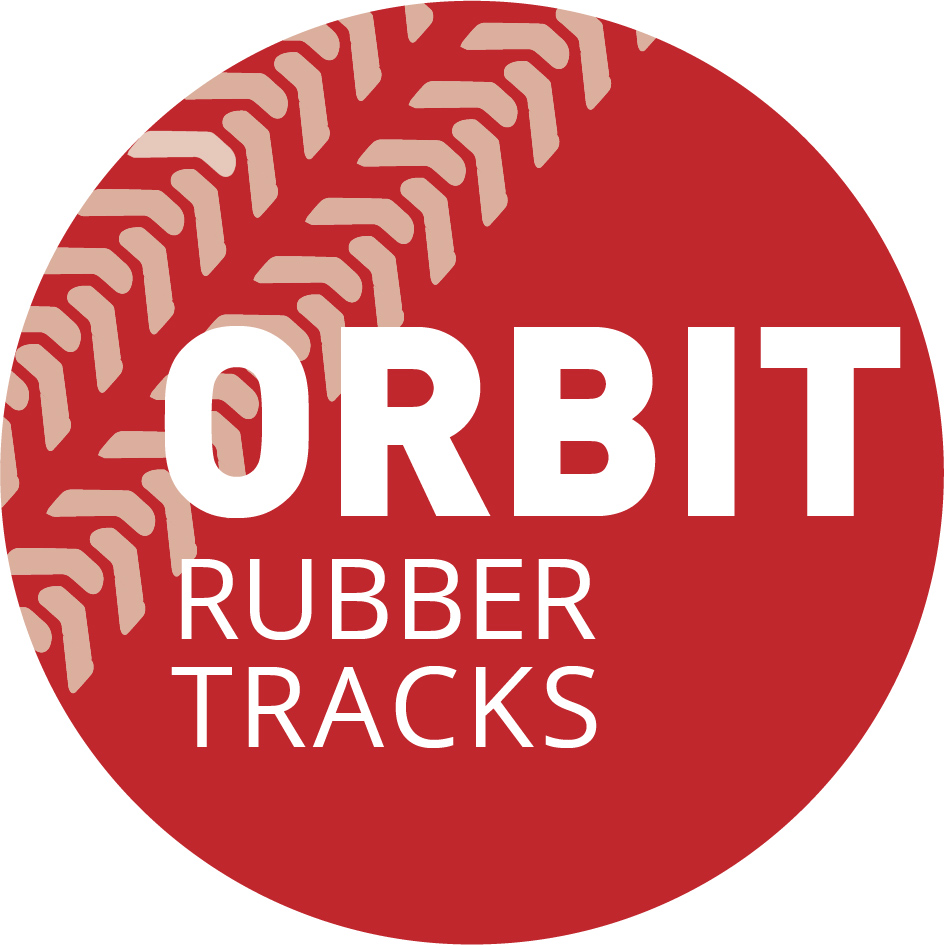Data communication refers to the transmission of data between devices through the medium of transmission. It can be accomplished using wired media, such as twisted pair cable or coaxial cable as well as wireless media like optical fibers or radio waves. The data must be encoded, then encapsulated and transmitted by the device that is transmitting it, before being decoded and released by the device receiving it. This process is similar in nature to analog Homepage signal transmission, however, it is more complicated and is focused on binary data (1s & 1s &).
Companies are using data communication to better share information with users who are scattered. This helps them increase efficiency within their organizations. To match inventory to demand and cut down on the amount of waste, a manufacturer of automobiles required data to 6’000 non-trained spare parts dealers that were scattered. This required communication over an unoptimized network for data transmission and use of a mobile application which was difficult for novice users to navigate.
Effective data communication starts by understanding your audience’s perspective on the data. It involves creating visuals that help tell the story and provide context-based information. It is also about articulating information in a clear and concise manner. It also involves tailoring content to the individual audiences according to their level of hierarchy, technical proficiency, and level of interest. In addition, it requires expanding the boundaries of imagination to make data-driven communications more memorable and memorable.

